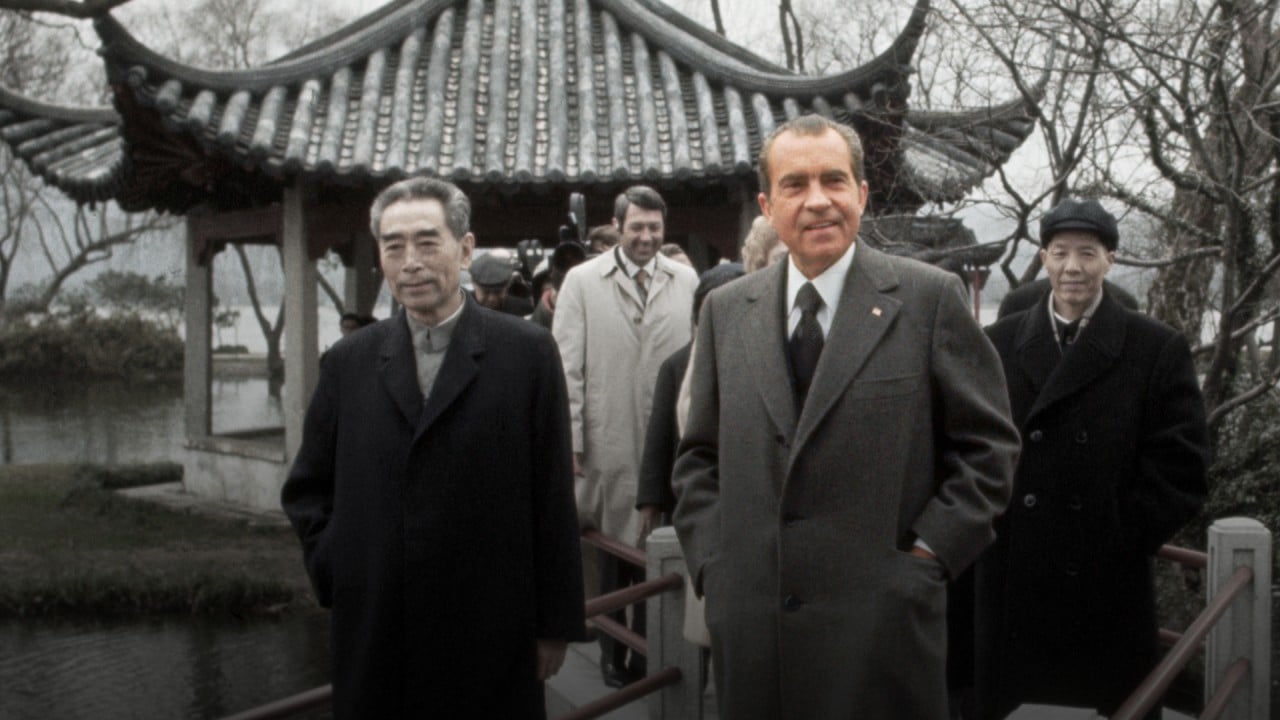
When Nixon met Mao: 50 years later, reverberations are still felt
- A hinge point in modern history, the US president’s trip to China outflanked the USSR and helped bring Beijing out of international isolation
- A key was the Shanghai Communique, ‘a very peculiar document’ which acknowledged what the two nations did not agree on
In the modern history of international relations, few moves held more consequence for the global balance of great powers than US president Richard Nixon’s visit to China 50 years ago this month.
The trip that set Washington’s course towards formal diplomatic recognition of the People’s Republic of China was based on a novel geopolitical calculus that defied American hawks and doves alike. For China, Mao Zedong’s handshake with Nixon in Zhongnanhai, the leadership’s compound next to the Forbidden City, ran counter to decades of his own propaganda.
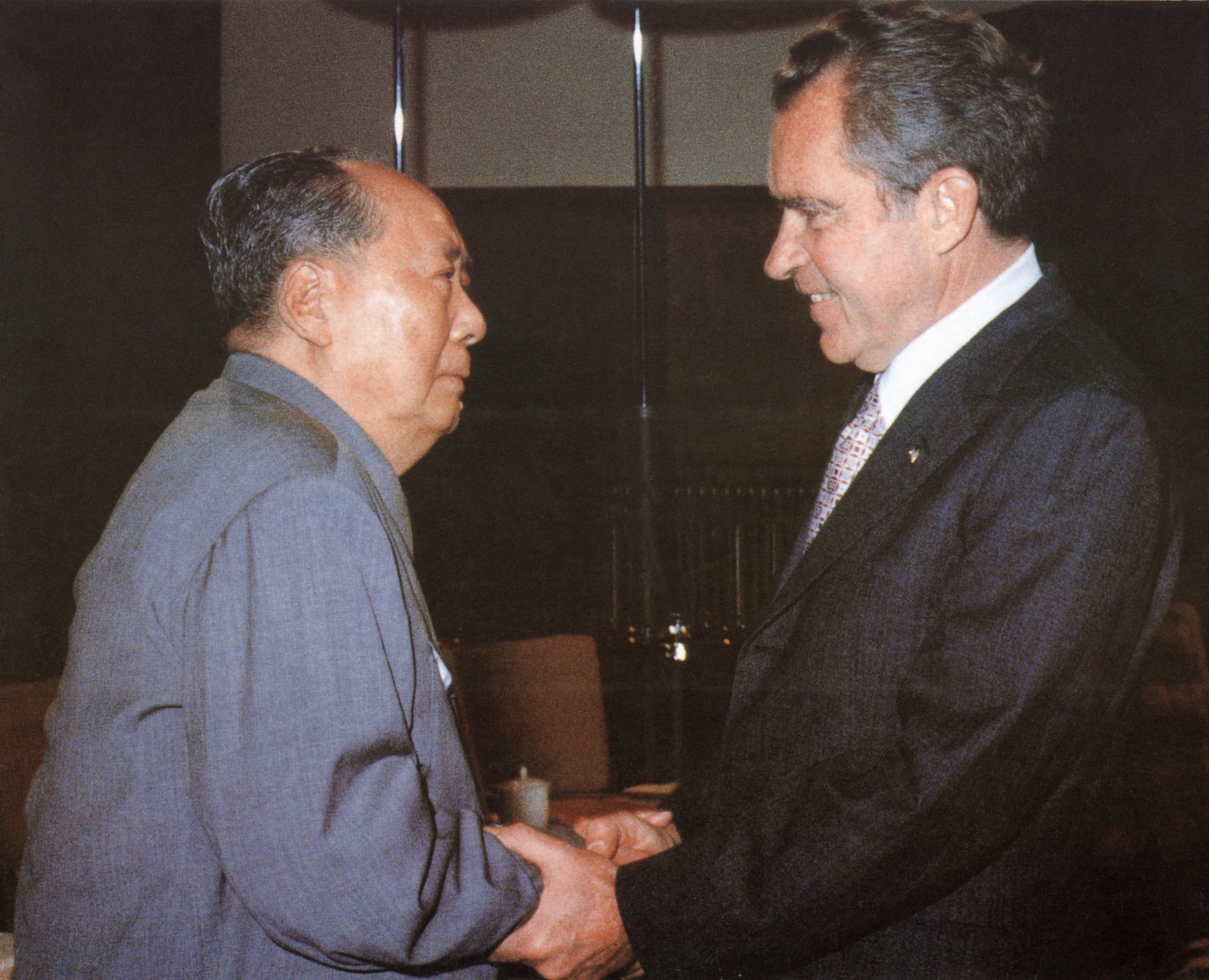
“It will be a safer world and a better world if we have a strong, healthy United States, Europe, Soviet Union, China, Japan, each balancing the other,” Nixon said in a Time magazine interview, discussing his trip just weeks ahead of it.
The comment signalled a departure from a concept that dominated American foreign policy for decades – the domino theory, which posited that the establishment of communism in any one country would lead to the same outcome in others. Acting on this theory, Washington concluded a raft of treaties including the Anzus Pact with New Zealand and Australia in 1951 and the US-Japan Security Treaty a year later.
Adherents to the policy saw communism marching south from the Soviet Union to China, and Vietnam appeared next to succumb. This led America into the civil war in the Southeast Asian country, a growing conflagration that was so unpopular in the US, it gave Nixon cover to change the script.
Many felt the Chinese were even more extreme than the Soviets. The Chinese side – it was sensitive for them as well.
In the midst of domestic social upheaval and desperate to find a way out of the conflict that would avoid the “domino effect” that would banish US influence from Asia, Nixon knew that diplomatic relations with mainland China might provide a measure of insurance.
Nixon saw in diplomatic overtures to Mao an opportunity to gain leverage over the Soviet Union, and with that a chance to break the geopolitical stalemate with Moscow that had frustrated Washington for two decades.
But it took time for Nixon, working with his national security adviser Henry Kissinger and others in a tight-knit group of policymakers, to reach that conclusion.

Nixon had to dismiss prevailing foreign policy wisdom, which was so biased against China that the idea of dialogue with Beijing was seen as something that could only exacerbate the problems that had preoccupied his predecessors.
“The vast majority of informed opinion … considered Communist China incurably expansionist, fanatically ideological, and intransigently committed to world revolution,” Kissinger wrote in Diplomacy (1994).
“Conventional wisdom had it that, even more than was the case with the Soviet Union, the Chinese communist system would need to be transformed before negotiations could be considered,” he said.
“Sovietologists, who for more than a decade had been urging permanent dialogue with Moscow, took a diametrically opposite stand with respect to China.”
The divide between Beijing and Washington was so wide that initial attempts by American diplomats to inform Chinese counterparts about Nixon’s willingness to open a dialogue had to take place at a Yugoslav fashion show in Warsaw in late 1969 – an awkward exchange that failed because the message recipient had not been briefed on how to respond to an overture.
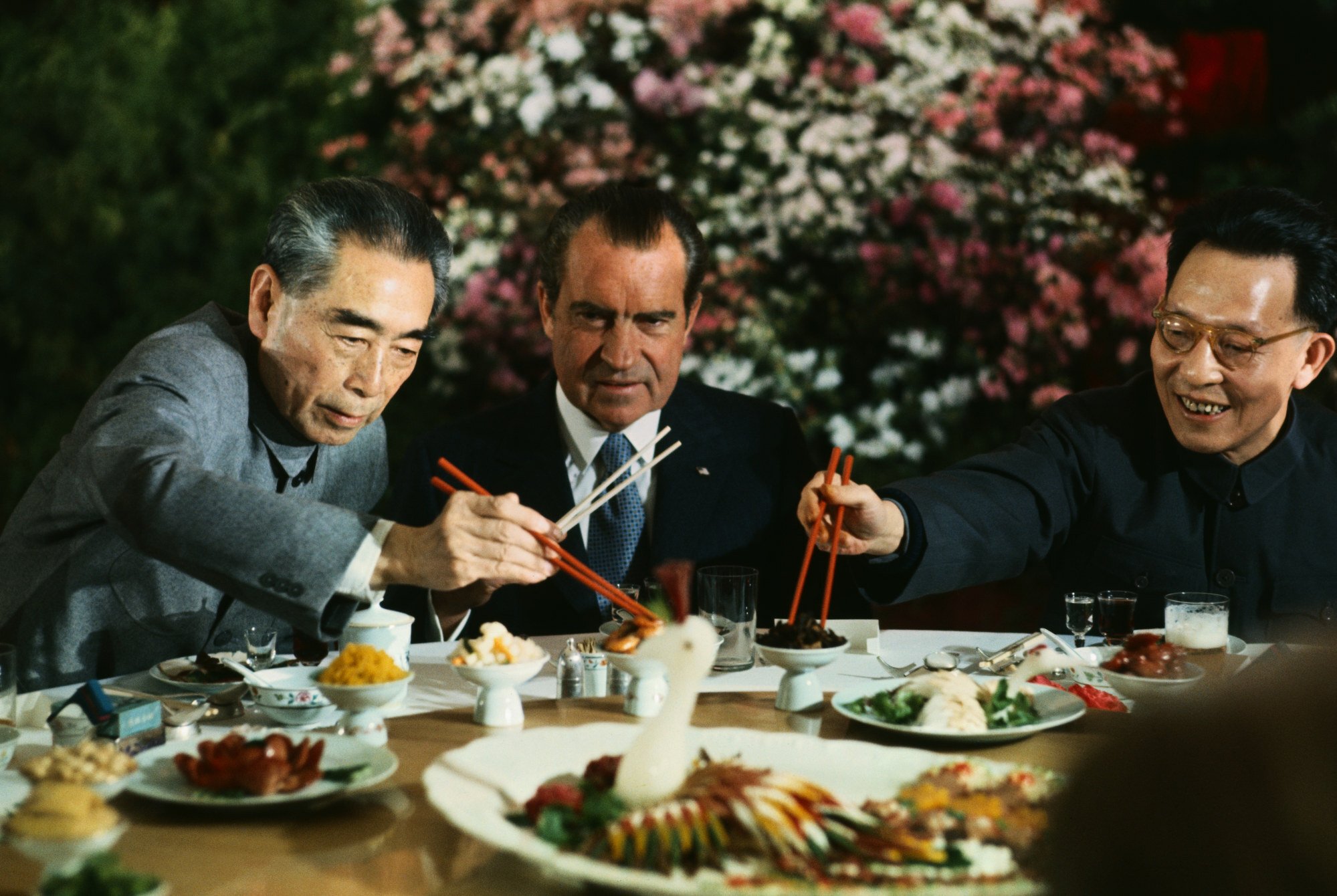
“We had been enemies for 22 years, we’d fought each other in Korea, we had an American public opinion [with] strong anti-communist feeling, of pro-Taiwan feeling,” recalled Winston Lord, then a national security aide who, along with Kissinger, was tasked with creating a channel for high-level meetings between the two countries.
“Many felt the Chinese were even more extreme than the Soviets. The Chinese side – it was sensitive for them as well.”
Beijing’s outreach attempts were also misfiring. Mao believed that his connection to American journalist Edgar Snow was an obvious olive branch, not knowing that most Americans aware of Snow, whose career had already been tarnished by anti-communist purges in the US, considered him an ideological enemy.
As Mao’s personal physician Li Zhisui wrote in his 1994 memoir The Private Life of Chairman Mao, the Chinese leader believed that Snow, who found fame in the 1930s for his sympathetic account of the Chinese Communist Party’s earliest days, was a CIA operative. According to Li, in December 1970 Mao gave Snow “insider information”, including “his willingness to invite Nixon or any other ranking American official to meet with him in Beijing”.
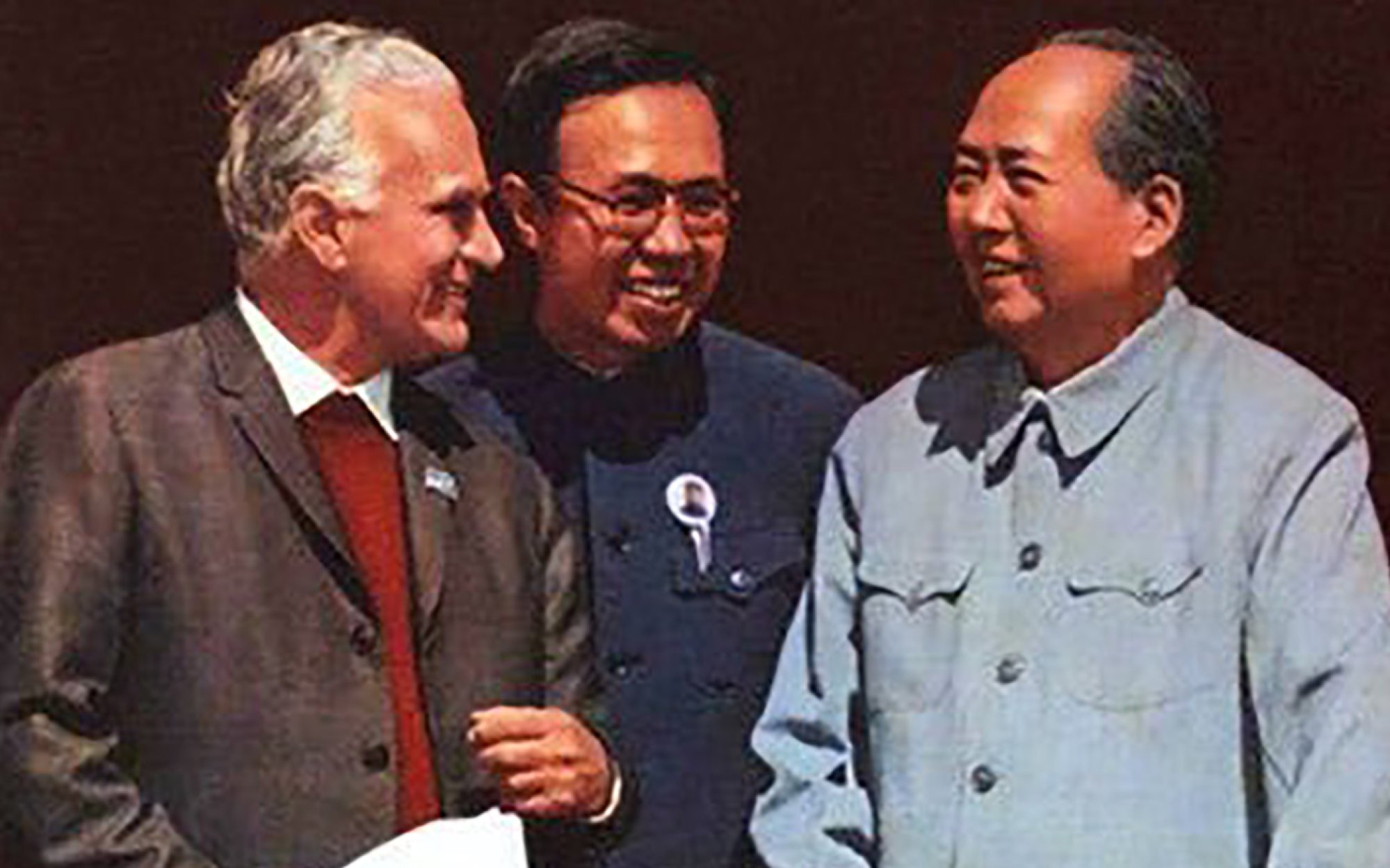
It took a prolonged massing of Russian troops along China’s border, starting in early 1969, to push through the wall that policymakers on both sides had built after Mao declared the establishment of the People’s Republic of China in 1949.
Kissinger was reluctant to engage diplomatically with Beijing when the Sino-Soviet border skirmishes started because of an emerging US-Soviet détente and the prospects for the Strategic Arms Limitation Talks (SALT I). But he gradually leaned toward the need to counterbalance the Soviet aggression through diplomacy with China by the end of the year.
As Kissinger tells it in his book, detailed intelligence studies of “a relentless Soviet build-up along the entire 4,000-mile (6,440km) length of the Chinese border” proved that Moscow’s characterisation of the border skirmishes, through multiple briefings that Soviet diplomats were delivering to Washington, misrepresented the situation.
Kissinger marks 50 years since first China visit, urges US-China talks
Washington’s suspicions, Kissinger said, “became reinforced when American intelligence studies … revealed that the skirmishes invariably took place near major Soviet supply bases and far from Chinese communications centers – a pattern one would expect only of the Soviet forces were in fact the aggressors”.
By this time, Washington had been through years of brinkmanship with Moscow and Beijing felt belittled and abandoned by its erstwhile ally. The resentment prompted Mao to push back against what he saw as a Soviet encroachment that would ultimately lead to a nuclear strike that China’s nascent nuclear arsenal was not equipped to deter.
“At that time, Mao Zedong saw the Soviet Union as a very serious threat and an imperialist,” said Shi Yinhong, professor of international relations at Renmin University in Beijing. “For the US, it had decided to retreat from the Vietnam war. If there was no easing of tensions with Beijing, China could fill the vacuum in Southeast Asia and turn the region into its backyard.”

The message that Agha Hilaly, Pakistan’s ambassador to Washington, delivered to Kissinger in December 1969 was: “It is our assessment that the Chinese appear willing for resumption of talks at Warsaw at the ambassador level without insisting on preconditions.”
Engagement moved in fits and starts for another year until it was decided that an American delegation would need to go to China to figure out how to overcome Beijing’s most pressing concern: Taiwan.
As Lord explained in an oral history published in 2003: “Their initial position was, more or less: ‘Send someone over here. We can talk to you, but you must resolve the Taiwan issue before we can do anything else’. We wanted to manoeuvre it so that while we were willing to talk about Taiwan – of course, we would have to do that or we wouldn’t get anywhere with them – there would be a broader agenda as well.”
Kissinger and Lord’s secret trip to Beijing in 1971 eventually produced the Shanghai Communique. The document, signed while Nixon was in Beijing, initiated a series of events that would help to remake Mao’s poor and chaotic country into an economic behemoth.
[The Shanghai] Communique was unique in honestly setting forth differences rather than trying to cover them up
The communique, which acknowledged each side’s positions on the status of Taiwan, was “the key that unlocked the stalemate”, said Robert Daly, director of the Kissinger Institute on China and the United States at the Wilson Center, a Washington think tank.
The agreement established the “one-China policy”, committing Washington to not challenge assertions by authorities either in Beijing or Taipei that there is only one China and that Taiwan is part of it. With this understanding signed by Nixon and communicated to the world, Beijing would have the upper hand once Washington abandoned its diplomatic recognition of Taipei and other countries followed suit.
While the formal diplomatic switch took more than seven years to complete, owing to what Lord called “domestic political constraints” on both sides, the commitment has been invoked repeatedly over decades to keep bilateral tensions from spinning into more hostile action and has allowed Beijing and Washington to bury – but not eliminate – their conflicting viewpoints.
As Nixon explained in archived papers: “We made no attempt to pretend that major differences did not exist between our two governments, because they do exist. This communique was unique in honestly setting forth differences rather than trying to cover them up with diplomatic doublespeak.”
Ren Xiao, director of the Centre for Chinese Foreign Policy at Fudan University in Shanghai, called the communique “a very peculiar document” because it highlighted divergent policies, ideologies and positions.
“We do not see joint documents like this between countries,” he said. “Usually, documents released jointly would lay out what was mutually agreed on, instead of what was not agreed on.”
With this agreement to disagree, the new bilateral relationship began to flourish, leading to two more joint communiques, the establishment of official diplomatic recognition, and ultimately a burgeoning economic relationship that had broad support – at least until the loss of US manufacturing jobs became a political rallying cry in Washington.
Diverging economic policies of US, China risk another ‘Nixon shock’
Nearly every shock to the relationship has been followed by moves that have eventually brought the two sides closer together. Washington cut military ties with Beijing after Tiananmen Square, but within weeks, the administration of president George H. W. Bush approved a sale of US$4 billion worth of Boeing commercial jets to China. The “collateral damage” in Belgrade was followed by Washington’s endorsement for China’s entry into the World Trade Organization.
As business ties prevailed and the world’s manufacturers moved their factory floors to China, the country’s economy boomed, unseating Japan in 2010 as the world’s second-largest.
“Chimerica”, the “G2” and other neologisms emerged to refer to what many pundits saw as the world’s most important bilateral relationship, owing to its massive US$600 billion in two-way trade.
But the differences that Nixon thought 50 years ago could be walled off behind the Shanghai Communique have in recent years broken out.
As long as the US kept its China embassy in Beijing and avoided formal diplomatic recognition of Taiwan, Washington could define the one-China policy “as it sees fit”, Firestein said.
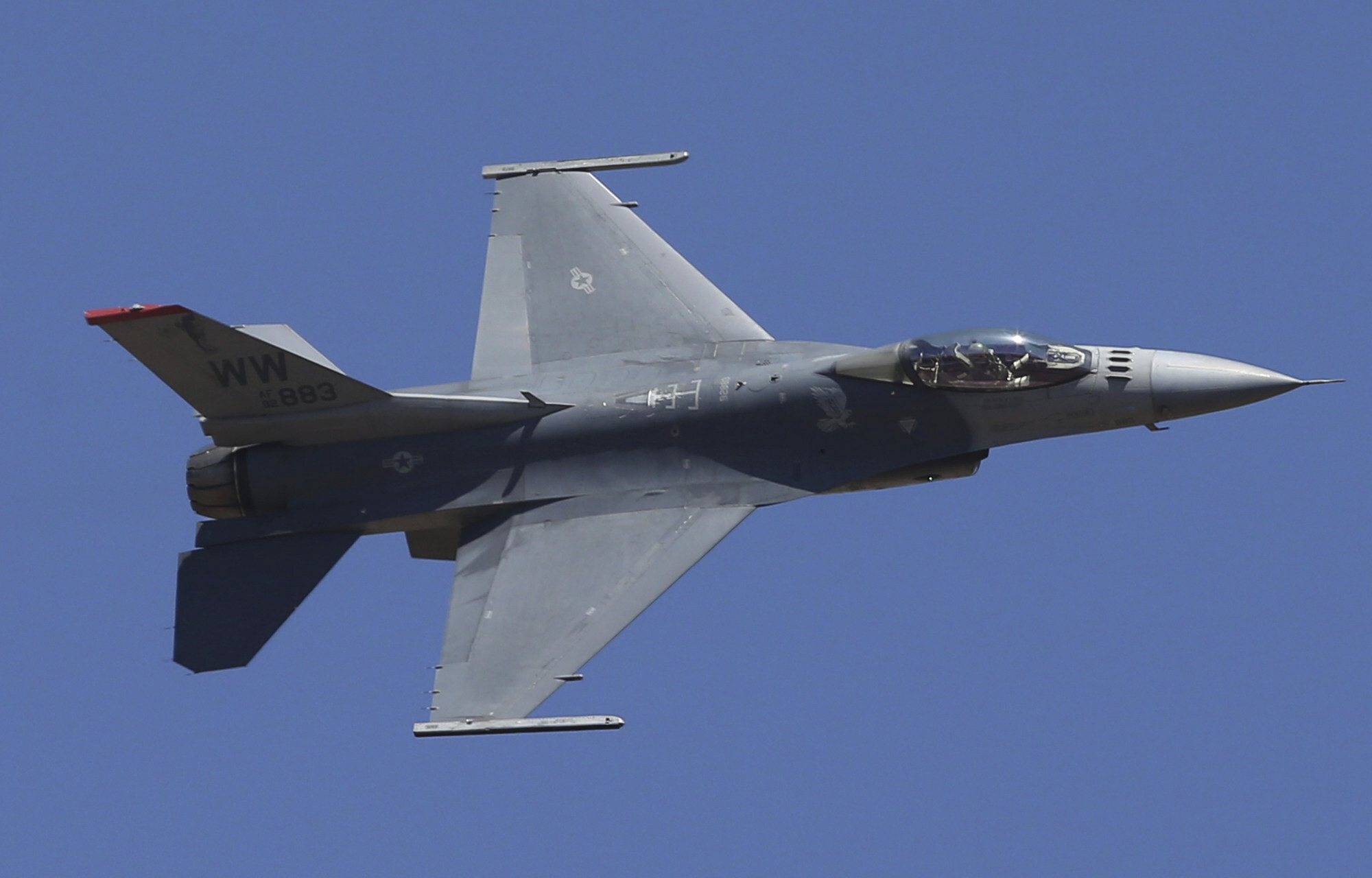
Republicans and Democrats of all ideological stripes have rallied around protecting Taiwan’s democracy in a way that business lobbies had previously managed to prevent throughout the broad sweep of the relationship that started with Nixon in 1972. Trump stirred this resentment when he made American manufacturing job losses and record bilateral trade deficits key messages that helped him win the White House in 2016.
They regularly point out how little access China has provided to US and other foreign companies joining the WTO with assurances that it would open its markets. Years of formal dialogues have failed to produce any breakthroughs on this front.
On human rights, the Trump and Biden administrations have piled sanctions on Chinese officials in response to allegations of genocide against Uygur and other Muslim minorities; the militarisation of atolls in the South China Sea; and policies that have jailed dozens of dissidents and curtailed political opposition in Hong Kong.
China takes pointers from Mao in protracted power struggle with US
Little more than two years on from Kissinger’s assessment, the two sides were now “halfway to the peak” of the cold-war mountain, Daly said.
In 1972, “both sides were interested in reassurance that didn’t violate their fundamental principles or interests”, Daly said. “The US has not shown much interest in reassuring China through diplomacy.
“We’ve identified the threat, we’ve raised the alarm, we’ve strengthened our alliances, and we have built deterrence, but the reassurance piece is missing.”
Most recently, relations between Beijing, Moscow and Washington have again emerged as a key factor in US-China relations – this time in reverse.
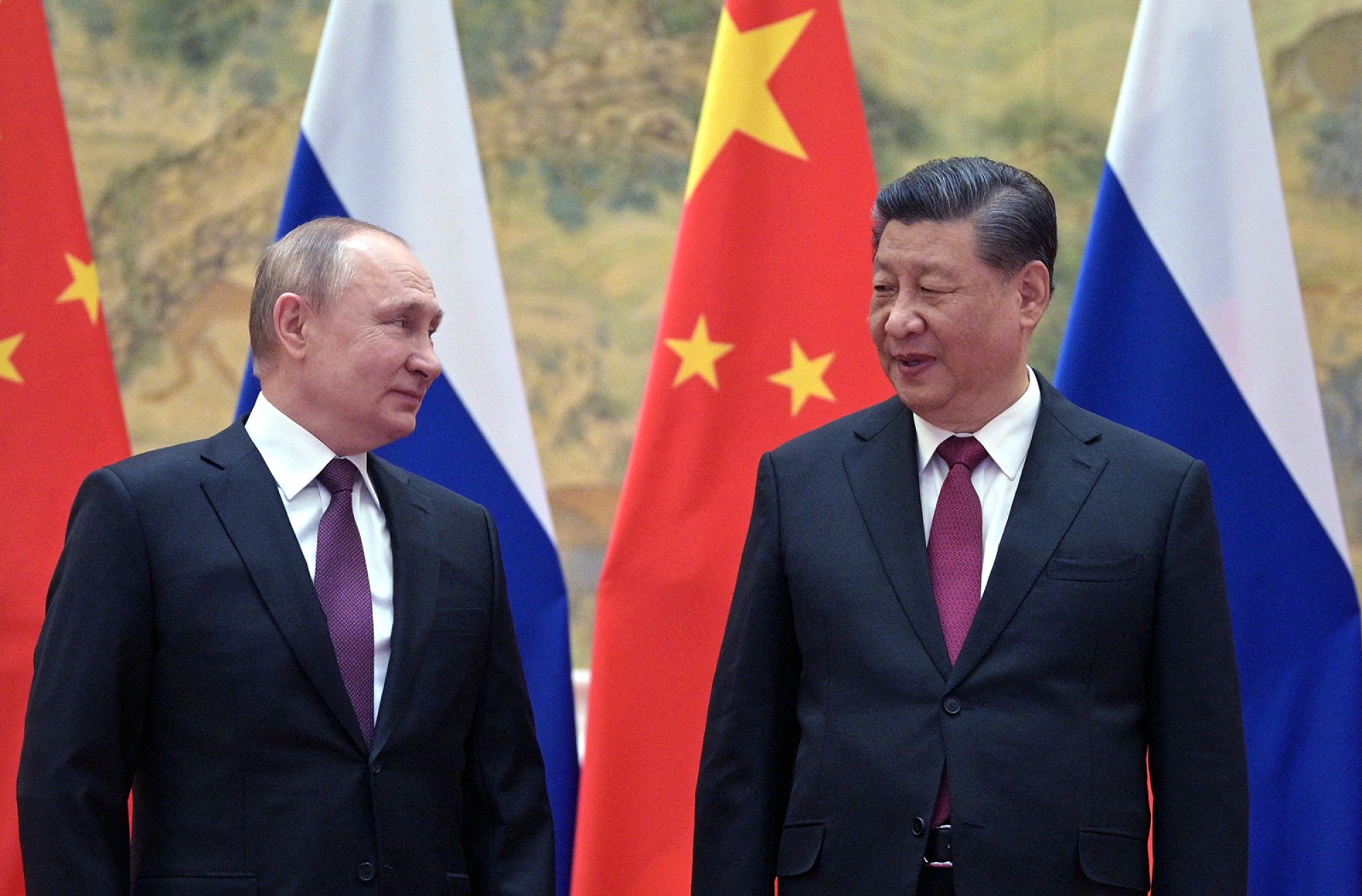
With animosity defining nearly every front in the US-China relationship, those with the most at stake economically – companies like Boeing and farmers who have come to depend on Chinese buyers of soybeans and beef – appear to be the only hope for returning it to the course that Nixon had set.
“We’re at a moment of national reckoning as to where to go with the most consequential bilateral relationship in the world – and indeed, in the history of the world,” he said. “We’re not ever going to be able to bend China to our will, much as that may frustrate many Americans.
“But that is the reality, and that’s what people are now beginning to understand.”
Additional reporting by Owen Churchill











